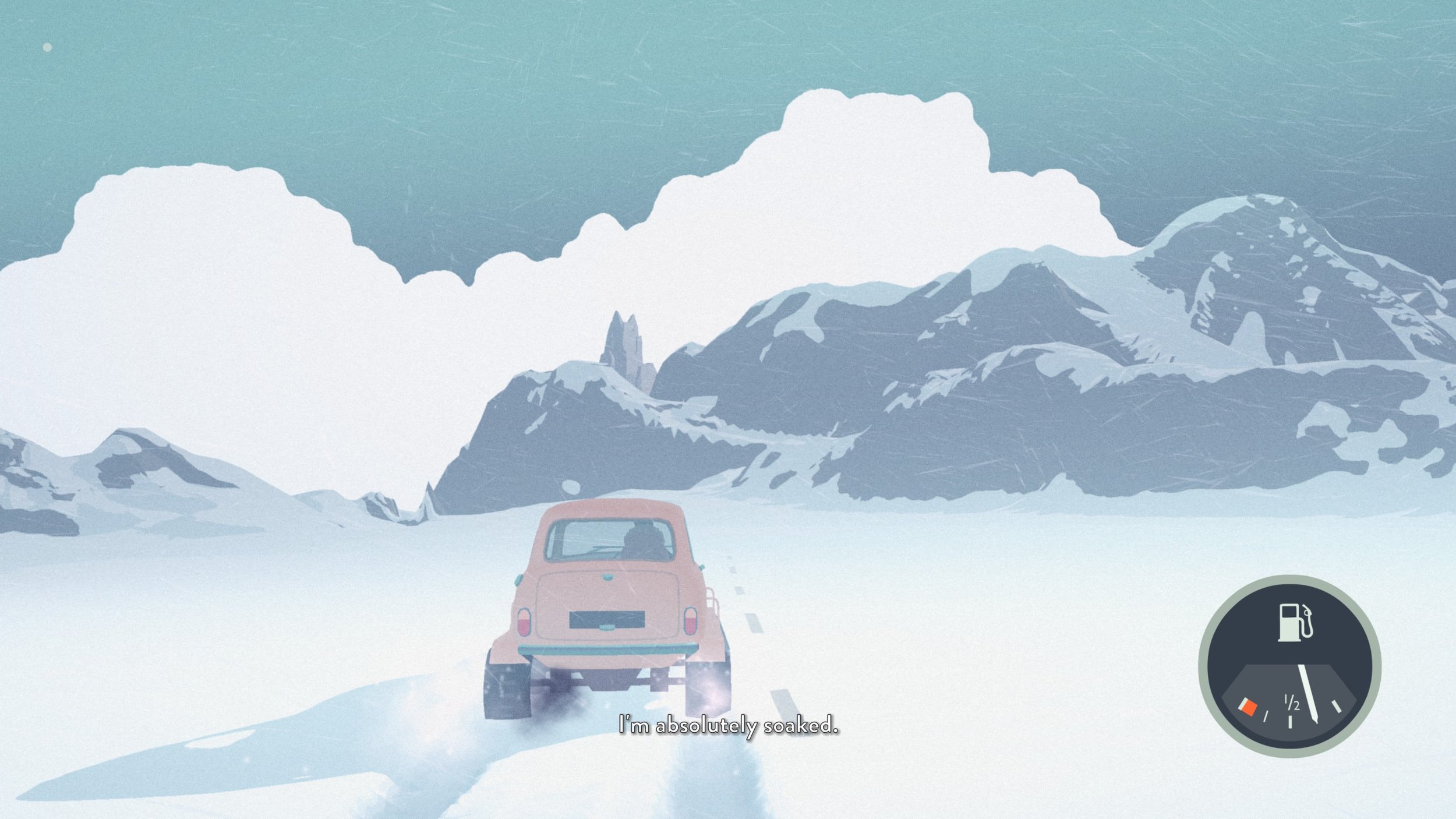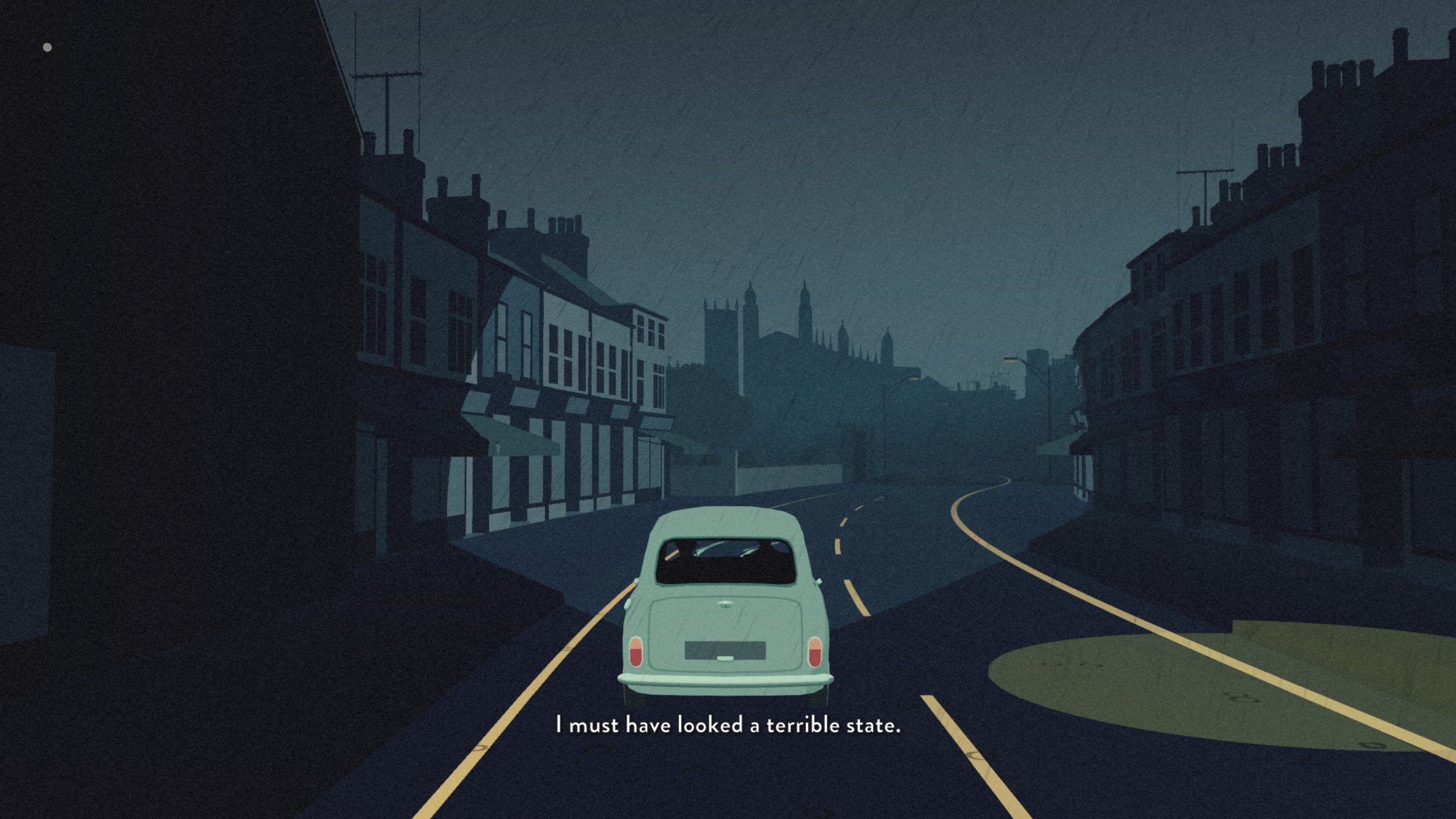Review | South of The Circle - A Cold Day In Hell
Hatchet is a 1986 young-adult novel by Gary Paulsen. In it, a young boy named Brian gets stranded in the forest after a plane crash. He must learn to survive, while also coming to terms with his parents’ divorce. Hatchet’s blending of a survival narrative and the emotional drama of coming to terms with one’s past made it stand out to me from other survival novels when I was young, and it remains one of my favourite books.
Decisions decisions…
South of the Circle is a narrative adventure game developed by State of Play Games, and I enjoyed it for many of the same reasons I enjoyed Hatchet as a child. However, the issues that South of the Circle tackles are decidedly more adult in nature, ranging from nationalistic tendencies to sexism in academia. While some of these issues are handled better than others, South of the Circle remains an enjoyable and compelling narrative game.
The game opens with a plane crash in 1965 in the Antarctic circle. Peter, the player character, wakes up first before tending to the pilot, whose leg has been broken and crushed in the crash. Because of this, it’s up to Peter to leave and find help in the snowy wastes. Much like Hatchet, South of the Circle understands that how someone got where they are is just as important as how they proceed. As Peter sets off into the cold to find a nearby British research base, the scene seamlessly transitions into a flashback of Peter walking towards a British train station. South of the Circle is edited very well, and often employs match cuts and fade transitions to shift between Peter’s present in the Arctic, and his past at Cambridge University.
While on the train, Peter meets Clara, a fellow academic also on her way to Cambridge. They get to talking, Peter about his interest in climate studies and clouds, and Clara about her apprehension about lecturing. Watching the relationship between these two blossom and develop throughout the game is genuinely sweet, and is one of the most compelling parts of South of the Circle.
Less compelling is the game’s attempt to tackle the subject of toxic masculinity and sexism in academia. Almost from the start, the game repeatedly hits the player over the head with professors that talk about how women are not suited to academia, and I rolled my eyes every time someone in the game told Peter to “man up” or something similar. While it isn’t offensive, it is certainly heavy-handed, and I was a bit confused about why other reviewers were praising it as a nuanced exploration of masculinity when other works in other mediums have more carefully examined the subject. However, after I finished the game, I realized that South of the Circle isn’t necessarily interested in being a deep and critical look at masculinity, and instead uses sexism and 1960s notions of masculinity as a backdrop for the game’s climactic conflict (which I won’t spoil here). Once I thought of it in this context, the heavy-handed application of familiar masculine tropes made sense. I believe that games can be a vehicle for tackling difficult subjects, toxic masculinity included; however, I disagree that South of the Circle is a more useful deconstruction of masculinity than a surface-level introduction to the issue.
Listen man, you are a grown man. Now man up and be a man, man.
The main way the player interacts with the game is in choosing the tone of Peter’s responses, but for the most part, the player’s choices don’t change the story. I kind of wished that I had more agency and that my choices mattered more. I have no problem with a game choosing to tell a set story with no player choice, but presenting the illusion of choice is just a little disappointing.
Spaces.
Minor story quibbles aside, South of the Circle is beautiful on a technical and artistic level. The backgrounds are stylized and appealing, and I didn’t run into a single technical issue in my three hours with the game. One of the more interesting stylistic choices that I appreciated is that, while the game runs at 60 frames per second, the characters animate at a slower frame rate, which gives the scenes a more cinematic feel.
I really enjoyed my time with South of the Circle. The narrative was compelling, and the relationship between Peter and Clara was genuine and realistic, and I enjoyed watching their relationship develop through the flashbacks. And even though his past is the main focus, Peter’s present struggle in the Antarctic was also tense and interesting to follow. The art design, music, and editing all drew me in right from the start, and though I had minor issues with the way South of the Circle handled some of the social issues it tried to tackle, my enjoyment of everything else ensured I saw the game through all the way to the very end.











